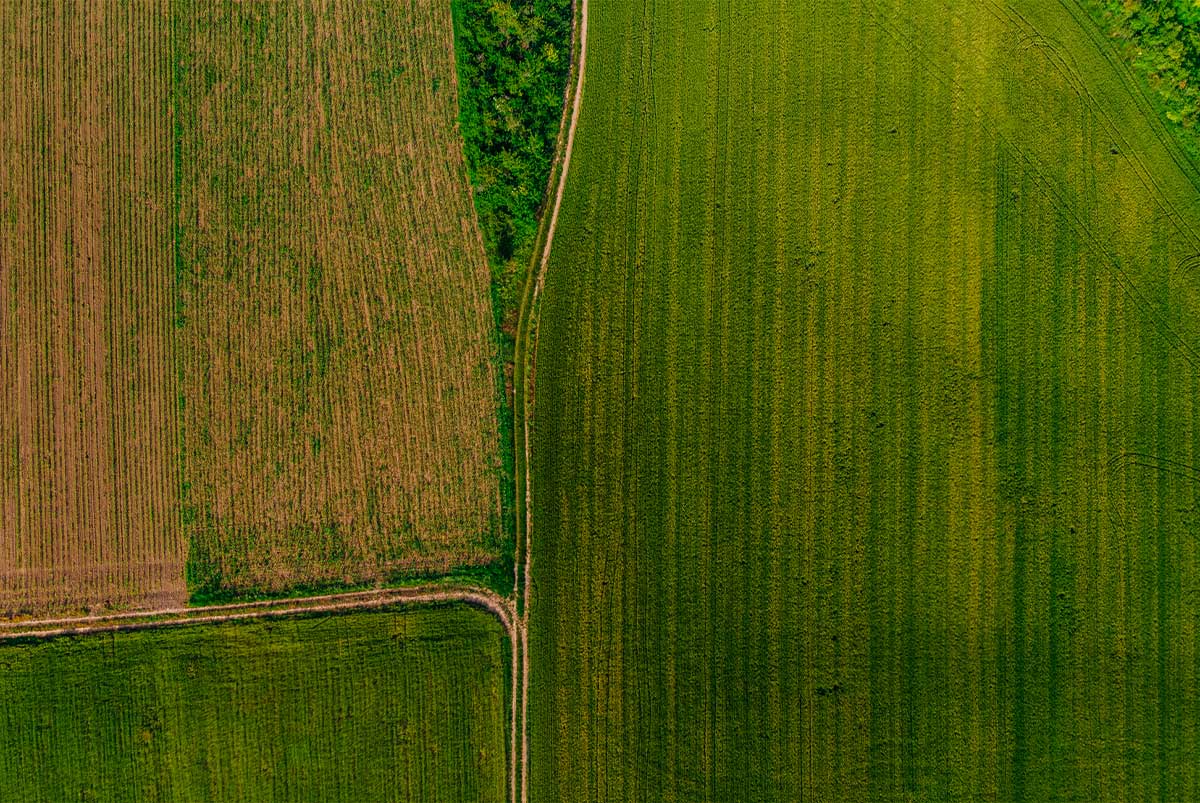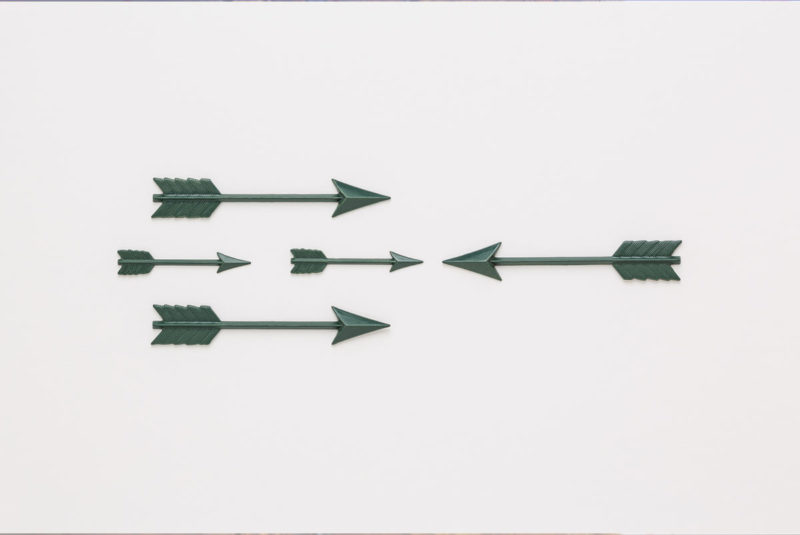Ready To Buy a Home?
Get Approved to Buy a Home
Rocket Mortgage® lets you get to house hunting sooner.
In 2022, the U.S. Department of Agriculture (USDA) guaranteed 35,862 single-family home loans worth an estimated $6.6 billion dollars.[1] Known as USDA loans, these mortgages help tens of thousands of Americans purchase homes each year.
For many prospective home buyers, these loans are particularly appealing because there’s no down payment requirement. But be warned, restrictions apply.
We’ll explain how USDA loans work, eligibility requirements and the pros and cons. We’ll also compare them to other popular mortgage options, so you can decide if you’re interested in pursuing this type of loan.
What Is a USDA Loan?
Explore Your Mortgage Options
What are you looking to do?
USDA loans are mortgages guaranteed by the USDA that require no down payment and offer ultra-competitive interest rates. Because the program was designed for low- to moderate-income borrowers in rural areas, income limits and location restrictions apply.
The USDA was actually signed into law by President Abraham Lincoln over 160 years ago. He referred to it as “The People’s Department.”[2] Part of the USDA’s mission is the development of America’s rural areas, which includes affordable rural housing.
USDA loans function the same way as other mortgages. However, they’re a little more rigid in terms of their structure. These loans must be 30-year fixed-rate loans.
Guaranteed vs. direct loans
When referring to USDA loans, most people mean loans that are guaranteed by the USDA but are actually issued and processed by a separate mortgage lender. The USDA will guarantee 90% of the loan’s value, which lowers the risk for participating lenders.[3]
However, in some cases, the USDA issues mortgages themselves through their direct loan program. This program comes with even stricter requirements. For example, income thresholds are lower, and applicants must be without decent, safe and sanitary housing to qualify.
There were only 1,678 of these loans issued in 2022, a figure totaling less than 5% of the mortgages the USDA guaranteed in the same period.[1] For the purposes of this article, when we say “USDA loan,” we’re talking about the guaranteed loan program.
USDA Loan Requirements
Who can qualify for a USDA loan? You’ll need to meet the provisions outlined below.
- Primary residence: The home you’re financing must serve as your primary residence. In other words, you have to live in it. You can’t buy the home and rent it out.
- Eligible rural area: The property must be located in an eligible rural area. You can enter an address into this USDA tool to see if the property would qualify.
- Income limits: Income limits for this loan are capped at 115% of the area’s median income.[4]
- Credit score: You’ll need a credit score of 640 or higher for streamlined approval. You could still qualify with a lower score, but you’ll be subject to additional analysis.[5]
- Debt-to-income (DTI) ratio: Your DTI ratio should not exceed 41%.[4] However, debt ratio waivers can be granted.
- Unable to put 20% down on a conventional loan: Borrowers must be unable to obtain reasonable credit from another source. This 20% down payment is the threshold lenders use to determine that.[6]
If you don’t meet the DTI ratio or credit score requirements outlined above, it’s still worth taking the time to talk to your lender. Those numbers are initial judgments, meaning it’s still possible to qualify for a USDA loan without meeting those thresholds.
Home is worth it.
The mortgage process can be exciting, and we’ll be with you all the way. Take the first step to owning a home. You’ll be glad you did.
USDA Mortgage Pros and Cons
If you’re eligible to apply for a USDA loan, here are some pros and cons to consider before doing so.
PROS of USDA loans👍
According to the National Association of REALTORS® (NAR), saving for a down payment is the biggest obstacle first-time home buyers face.[7] Eliminating the down payment is a massive step toward affording a home.
Because the USDA backs 90% of the loan value, lenders are able to charge competitive interest rates, which can be lower than those available for conventional loans.
Loan limits don’t apply for these guaranteed loans, which gives greater choice and flexibility to eligible borrowers.
The unofficial credit threshold for borrowers is 640, but it’s not a hard cutoff. This gives you a chance to continue the conversation with your lender and make a case for yourself. Be sure to promptly provide any additional or supporting documentation.
CONS of USDA loans👎
The property must be in an eligible rural area and used as a primary residence. There are also income limits, which narrows down the applicant pool.
Similar to mortgage insurance, the USDA charges an upfront guarantee fee of 3.5% of the total loan amount. After that, they charge an annual fee worth 0.5%, which applies for the life of the loan.[4] These fees can’t be removed. In contrast, if you put 20% down on a conventional loan, you won’t owe private mortgage insurance (PMI).
Because lenders are interfacing with the USDA, there are more steps and potential for delays. For example, lenders are required to submit the property appraisal to the USDA for review, a step they don’t have to take with conventional loans.
USDA Loans vs. Other Popular Mortgages
USDA loans aren’t the only option available for low- to moderate-income borrowers. This chart compares the main requirements for USDA loans versus the other most popular mortgages: conventional loans and Federal Housing Administration (FHA) loans.
| Requirement | Conventional Loan | FHA Loan | USDA Loan |
| Location | No location requirements | No location requirements | Must be in an eligible rural area |
| Loan Limits | $726,200 or $1,089,300 in high-cost areas[8] | $472,030 – $1,089,300 depending on area[9] | None |
| Credit Score | Minimum 620[10] | Minimum 500, but will affect the down payment if below 580[11] | 640 preferred, but lower is possible |
| Down Payment | 5% (unless you meet specific requirements) | 3.5% with a credit score 580 or higher, 10% with a 500 – 579 score[11] | None |
| Income Limits | None | None | 115% of median area income |
For a more detailed breakdown of the difference between these loans, and advice on which to choose, check out the articles below.
How To Get a USDA Loan: Next Steps
For a variety of reasons, not all lenders offer USDA loans. So your first order of business will be finding a lender in your area that does. The USDA has curated a state-based list here.
It’s worth taking the time to contact multiple lenders. Ask them questions about their service offerings and their rates and fees. Remember, a USDA loan might not be your best option, so don’t immediately rule out lenders who don’t offer them.
USDA Mortgage FAQs
No, but the agency notes that if funds are limited toward the end of the fiscal year, first-time home buyers will be prioritized.
It depends on where you want to live, how much you make and what size down payment you have. If you don’t want to live in a rural area, a USDA loan isn’t for you. However, if you do want to live in a rural area and don’t exceed the income limit, a USDA loan might be the better option.
Yes, but to use the USDA’s streamline program, you need to have had the loan for at least a year.
It will likely take longer because in addition to your lender approving the application, it must also be approved by the USDA.
Final Thoughts on USDA Loans
There’s a lot to like about USDA loans on the surface, but there’s also a lot of fine print to weed through. FHA loans can be a great option that comes with fewer restrictions. Be sure to talk through your options with your mortgage lender, so you can feel confident you have all the information you need to make the best possible decision.
The Short Version
- USDA loans are mortgages guaranteed by the USDA that require no down payment and offer competitive interest rates
- There are strict eligibility requirements. For example, the property must be in an eligible rural area and you can’t exceed the income threshold in your area
- FHA loans can be another affordable option that comes without income caps and location restrictions
Housing Assistance Council. “USDA Rural Development Housing Activity Fiscal year 2022.” Retrieved August 2023 from https://ruralhome.org/usda-rural-development-obligations-fy-22-february/
U.S. Department of Agriculture. “About the U.S. Department of Agriculture.” Retrieved August 2023 from https://www.usda.gov/our-agency/about-usda
U.S. Department of Agriculture. “Single Family Housing Guaranteed Loan Program.” Retrieved August 2023 from https://www.rd.usda.gov/programs-services/single-family-housing-programs/single-family-housing-guaranteed-loan-program
Federal Deposit Insurance Corporation. “Single Family Housing Guaranteed Loan Program.” Retrieved August 2023 from https://www.fdic.gov/resources/bankers/affordable-mortgage-lending-center/guide/part-1-docs/single-family-housing-guaranteed-loan-program.pdf
United States Department of Agriculture. “Section 502 Direct Loan Program’s Credit Requirements.” Retrieved August 2023 from https://www.rd.usda.gov/files/RD-SFH-CreditRequirements.pdf
United States Department of Agriculture. “Chapter 8: Applicant Characteristics 7 CFR 3555.151.” Retrieved August 2023 from https://www.rd.usda.gov/sites/default/files/3555-1chapter08.pdf
National Association of REALTORS®. “First-Time Home Buyers Are Vanishing From the Market.” Retrieved August 2023 from https://www.nar.realtor/magazine/real-estate-news/first-time-home-buyers-are-vanishing-from-the-market
Federal Housing Finance Agency. “FHFA Announces Conforming Loan Limit Values for 2023.” Retrieved August 2023 from https://www.fhfa.gov/Media/PublicAffairs/Pages/FHFA-Announces-Conforming-Loan-Limits-for-2023.aspx
U.S. Department of Housing and Urban Development. “Maximum Mortgage Limits 2023.” Retrieved August 2023 from https://www.hud.gov/program_offices/housing/sfh/lender/origination/mortgage_limits
Fannie Mae. “Selling Guide.” Retrieved August 2023 from https://selling-guide.fanniemae.com/Selling-Guide/Origination-thru-Closing/Subpart-B3-Underwriting-Borrowers/Chapter-B3-5-Credit-Assessment/Section-B3-5-1-Credit-Scores/1032996841/B3-5-1-01-General-Requirements-for-Credit-Scores-08-05-2020.htm
Federal Deposit Insurance Corporation. “203(b) Mortgage Insurance Program.” Retrieved August 2023 from https://www.fdic.gov/consumers/community/mortgagelending/guide/part-1-docs/203b-mortgage-insurance-program.pdf




